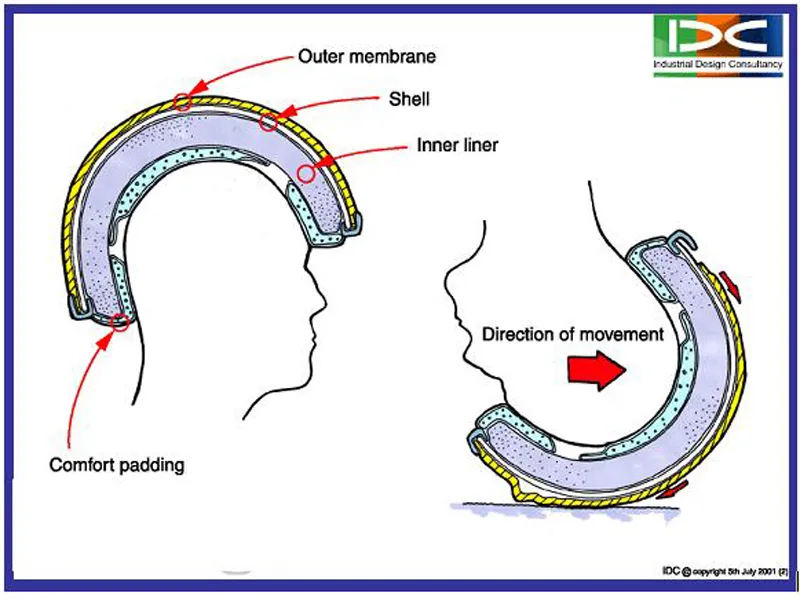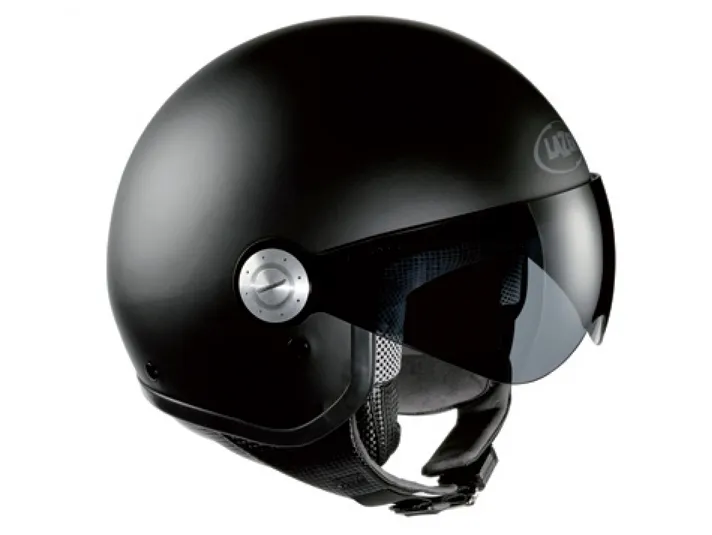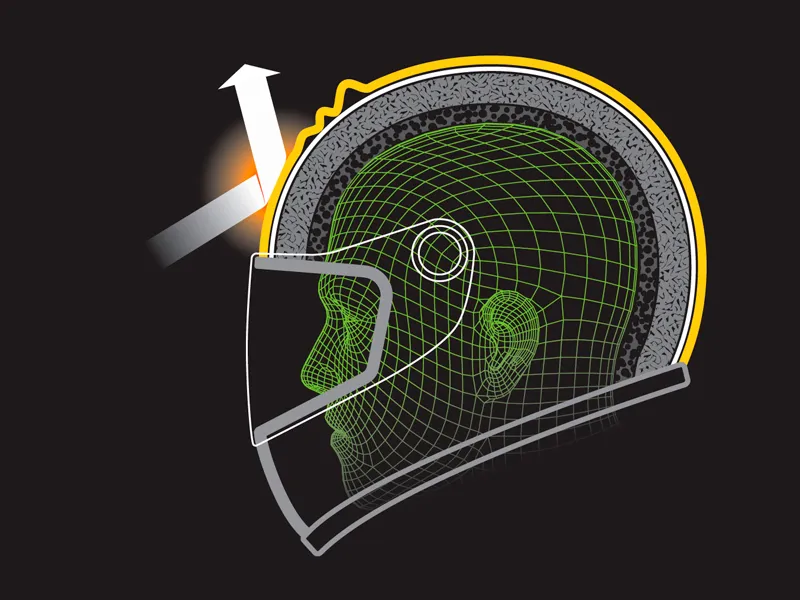The British inventor of a new motorbike helmet technology that's designed to protect against rotational injuries is working on a cycle version which should go on sale within a year.
Conventional lids work well against direct blows, but are less effective when the impact comes from off-centre, and it's these rotational injuries which pose the greatest risk of brain damage.
The Phillips Head Protection System (PHPS) allows helmets to imitate the way the scalp moves over the human skull when it receives a glancing blow.
It works by adding a lubricated gel-based synthetic membrane to the surface of the lid. The idea is that when the wearer crashes and their head hits the road, the membrane slides over the helmet's hard shell, reducing the amount of friction and allowing the rider's head to slide across the road surface instead of twisting.

It's a similar concept to the MIPS technology used by Swedish brand POC in their full-face mountain bike helmet, except in POC's case the low-friction layer is placed between the helmet’s outer shell and inner protective liner.
PHPS has been licensed to helmet company Lazer in Europe, who have produced a range of motorbike lids using it called SuperSkin. Both full-face and 'Urban Jet' open-face versions are available.
Research by an independent laboratory – the Louis Pasteur University of Strasbourg in association with the French National Scientific Research Centre (CNRS) – suggests that the SuperSkin reduces the risk of intracerebral shearing (rotational movement within the skull that tears blood vessels and nerve fibres inside the brain) by 67.5 percent.

Lazer's SuperSkin helmet looks like a conventional motorcycle lid...
PHPS inventor Dr Ken Phillips says a cycle version is likely to be on sale within a year. He told BikeRadar: "Having got the motorcycle helmet off the ground we are exploring all the other applications, and cycle helmets are at the forefront."
Asked how he came up with the idea, he said: "I asked myself how the head protects itself from rotation. The eureka moment was recognising it was the scalp. So I wondered whether I could put a scalp on a helmet, and the answer was yes, I could.
"It's the most significant advance in helmet design for over 40 years, since the introduction of the full-face motorcycle helmet."

... But look closer and you can see the flexible outer membrane layer
The technology won't work with current multi-vented road and cross-country helmets because they don't have a large enough surface area but could be adapted for lids with a full outer shell, like the latest commuting styles, dirt jumpers' 'pisspots' and downhillers' full-faces.
Asked whether the technology comes with a weight penalty, Phillips said: "On a full-face motorcycle helmet it adds 100g. On a bike helmet it would be about half that – 50g – but you've got to put that in the context of the total weight of head and helmet. It's an addition of 50g to about 5.2kg, so it's very small."
The use of PHPS in cycle helmets has been welcomed by the Environmental Transport Association (ETA). Director Andrew Davis said: "This British invention promises to make cycle helmets far more effective, particularly for children."
You can watch a video about the Phillips Head Protection System below:
PHPS

